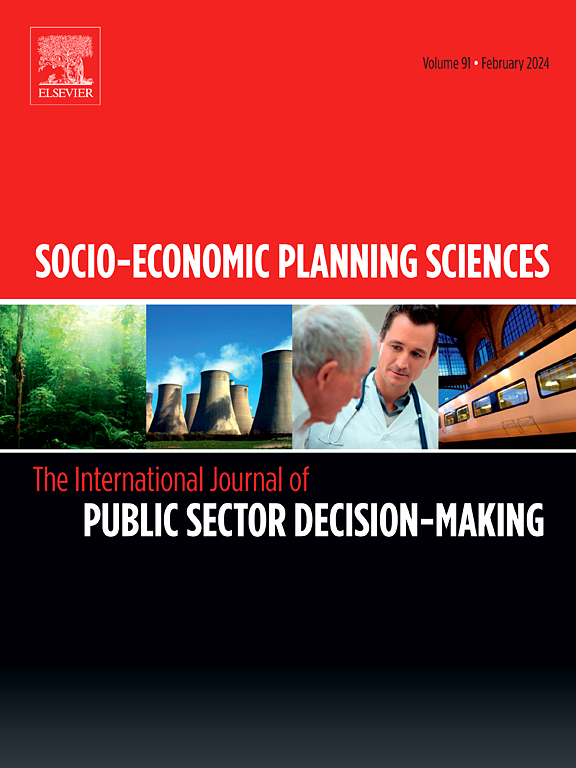Multidimensional poverty in Benin
IF 6.2
2区 经济学
Q1 ECONOMICS
引用次数: 0
Abstract
We examine an individual-level poverty measure for Benin using cross-sectional data. Since our measure is defined within the interval [0,1], we combine fractional regression models and machine learning models for fractions to examine the factors influencing multidimensional poverty measures and to predict poverty levels. Our approach illustrates the potential of combining parametric models, that inform on the statistical significance and variable interactions, with SHapley Additive exPlanations (SHAP) and Accumulated Local Effects (ALE) plots obtained from a random forest. Results highlight the importance of addressing gender inequalities in education, particularly by increasing access to female education, to effectively reduce poverty. Furthermore, natural conditions arising from agroecological zones are significant determinants of multidimensional poverty, which underscores the need for climate change policies to address poverty in the long term, especially in countries heavily reliant on agriculture. Other significant determinants of welfare include household size, employment sector, and access to financial accounts.
求助全文
约1分钟内获得全文
求助全文
来源期刊

Socio-economic Planning Sciences
OPERATIONS RESEARCH & MANAGEMENT SCIENCE-
CiteScore
9.40
自引率
13.10%
发文量
294
审稿时长
58 days
期刊介绍:
Studies directed toward the more effective utilization of existing resources, e.g. mathematical programming models of health care delivery systems with relevance to more effective program design; systems analysis of fire outbreaks and its relevance to the location of fire stations; statistical analysis of the efficiency of a developing country economy or industry.
Studies relating to the interaction of various segments of society and technology, e.g. the effects of government health policies on the utilization and design of hospital facilities; the relationship between housing density and the demands on public transportation or other service facilities: patterns and implications of urban development and air or water pollution.
Studies devoted to the anticipations of and response to future needs for social, health and other human services, e.g. the relationship between industrial growth and the development of educational resources in affected areas; investigation of future demands for material and child health resources in a developing country; design of effective recycling in an urban setting.
 求助内容:
求助内容: 应助结果提醒方式:
应助结果提醒方式:


